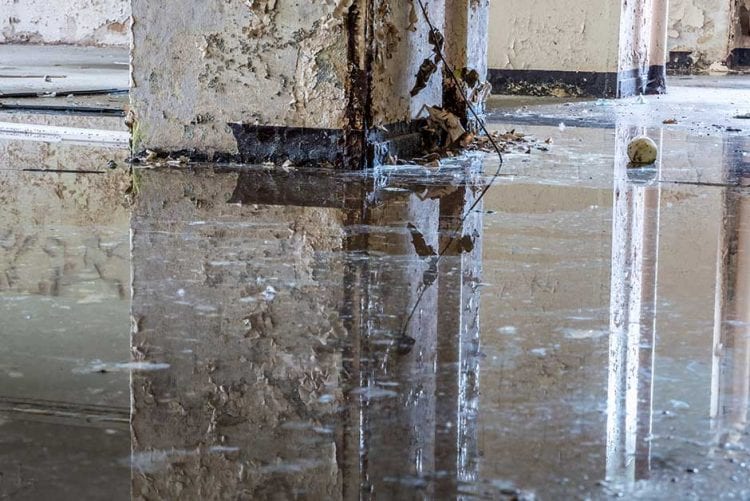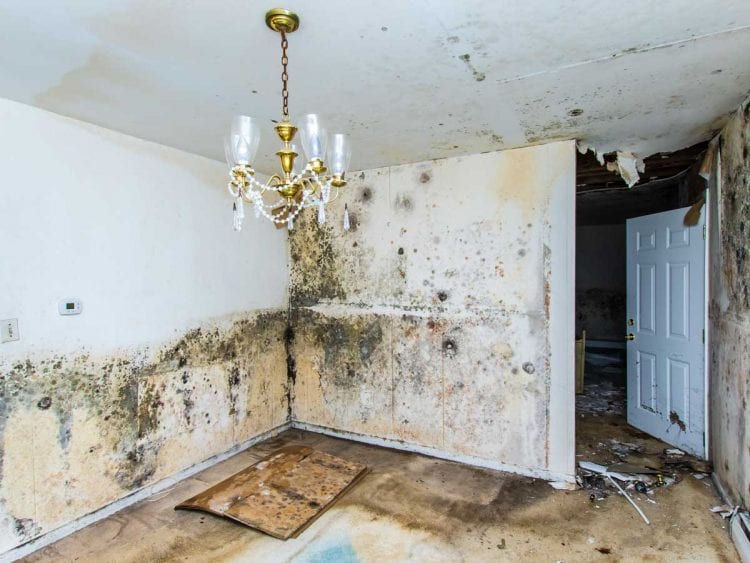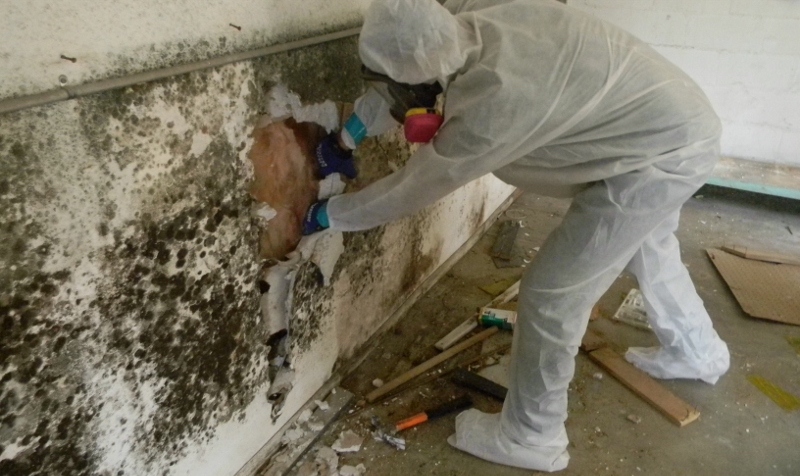Experiencing water damage in your home is something that can happen to anyone, and most of the times it’s not even because of a human error. If you live in a place where it rains a lot, and you have some issue with the roof of your object, there are quite high chances that something like this is going to happen. No matter what the reason is, if happens a lot more often than people would like to, but that’s not what we’re here to talk about.
There are numerous ways of dealing with water damage, one of the best ones being seeking for help from professional services, or attempting to deal with it on your own if you’re experienced enough. If you choose to go with the second option, which is dealing with the problem on your own, you’ll need to be informed about something that we’re going to talk about in today’s article, and that’s mold.
Mold is what comes after water damage happens in your home, but it’s not pleasant and you want to prevent this before it actually becomes another problem to deal with. Today we’re going to teach you how, so feel free to stay with us until the end.

How does it form?
To some, mold is something that they’re not familiar with, and that’s perfectly fine because it’s quite common for a person not to experience water damage on their property for as long as they are alive. However, you should know these things in case you ever get into a similar situation.
Basically, mildew and mold altogether are falling into the category of “fungi”, and these fungi grow in places that are wet and dark. A good example for a place like this would be a basement, except basements are not cold unless the humidity is on a whole different level, or you’re experiencing an issue with some of your water pipes.
So, if you ever have a leak or a flood in your home, you don’t deal with it properly, and then you close all the doors and windows for the night, you are basically creating the perfect environment for these fungi to grow. If you are wondering how something like this can occur over the course of one night, well, you should know that the time it takes for fungi to grow is between twenty and forty hours. This means that you should be acting with urgency, so let’s see how you can do that.
How to prevent it?
Luckily, there are a few different things that you can do if you want to prevent mold from occurring in your home after a water damage disaster, so let’s take a look at some of them:
-
Get rid of the water
Obviously, the first thing that you do after a flood is getting rid of all the liquid. However, you should make sure that you’re doing this as fast as possible, because the longer it’s there, the more of it will start getting absorbed in the materials, walls, rugs, carpets and all other objects. You can do this by yourself or by contacting a professional service such as coloradowaterfowl.com
After you are done removing the majority of the water using buckets or any other item of your choice, it’s time to start drying things.
-
Use drying methods
You cannot completely get rid of the liquid by using a bucket or a similar item, because most of it will be already absorbed by the materials. However, you can use different drying methods. The easiest thing you can do is to use a hairdryer, but this is not going to work if the surface is too large. Use a larger dryer depending on your needs.
Other ways to do this is by using dry rugs and towels that can soak up the water from all of the wet objects. A mop is a good choice as well, but a general rule is to use everything that you can to make things less wet than they already are. Completely drying them will never be an option unless you decide to give the situation some time, but we’ll get to that in just a moment.

-
Use a dehumidifier
According to some of the researches, the humidity in your home needs to be less than forty percent if you want to prevent mold from occurring, but this is sometimes difficult to achieve, unless you use a dehumidifier. This is a great way to monitor the humidity in your room and prevent mold from occurring.
These devices can be purchase in every tech store, and although the investment might be a bit costly to some, it’s a lot more difficult to deal with mold than to purchase something like this.
-
Drying out in the sun
For the larger wet items, such as the carpets in your living room and such, you can take them out of your home and place them out in the sun. If it is summer, they’ll be dry in less than a few hours, and you’ll be able to place them back in your home. It’s not really worth trying to use a hairdryer on them because it will take forever, so use the sun to your advantage and save some time and electricity.
-
Leave all doors and windows open

Last but not least, the most important thing that you should do after you manually took out most of the water from your home, is to leave all doors and windows open, if the weather conditions allow it. This will make sure that your entire place gets dry from all the air circulating, and it will prevent the humidity from rising.
If you close everything, which is what a lot of people tend to do and it’s a huge mistake, you’ll make your home the perfect environment for mold to start growing, so avoid this at all costs. What you should remember is that even after the forty-hour period from the accident has passed, you still shouldn’t allow the humidity levels to rise. So, keep things as “airy”, dry and light as possible, and you shouldn’t experience and mold-growth post-accident.

